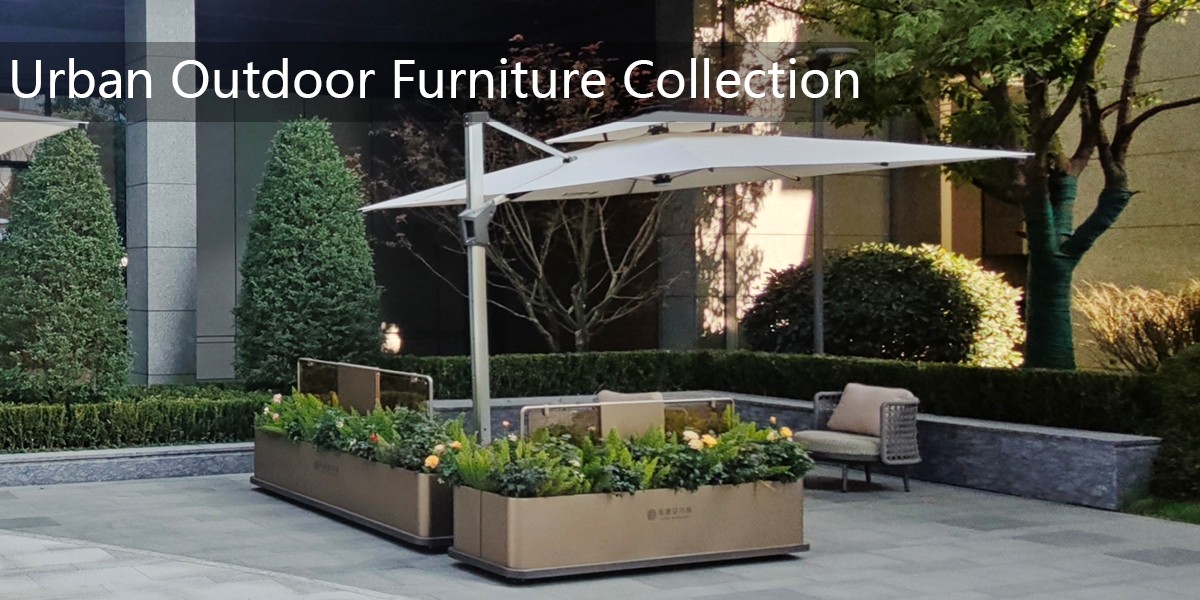Outdoor sculptures often serve as powerful expressions of cultural identity and environmental harmony by integrating locally sourced materials. Artists and communities collaborate to select stones, woods, metals, or even recycled elements native to the region, ensuring the artwork resonates with its surroundings. For instance, granite from Vermont or basalt from Iceland might be carved into monumental pieces, while tropical hardwoods in Southeast Asia become intricate installations.
Beyond aesthetics, using local materials reduces transportation emissions, aligning with sustainable art practices. These sculptures also preserve traditional craftsmanship, as techniques like dry-stone walling or indigenous woodcarving are passed down. By blending artistry with ecological and cultural stewardship, such works transform public spaces into meaningful landmarks. Whether abstract or figurative, their materiality tells a story of place, inviting viewers to connect deeper with the landscape and heritage.


